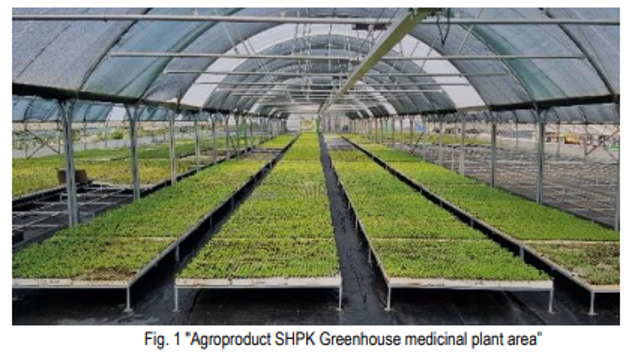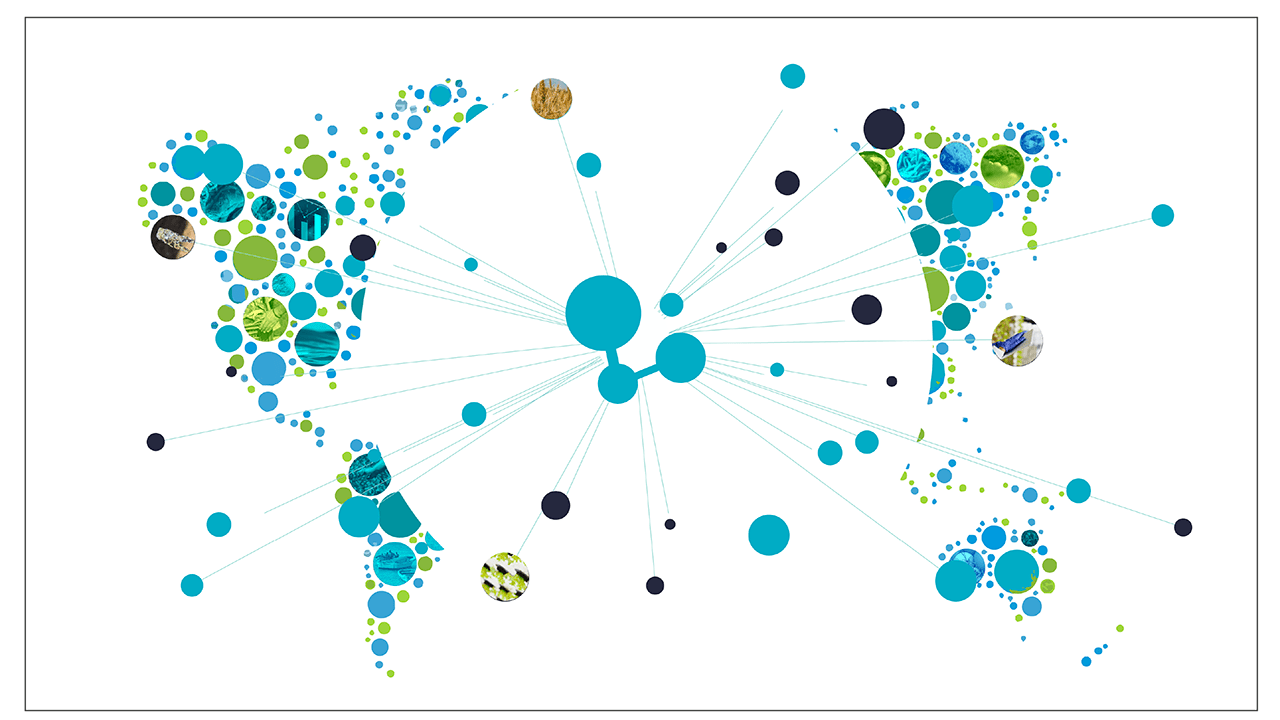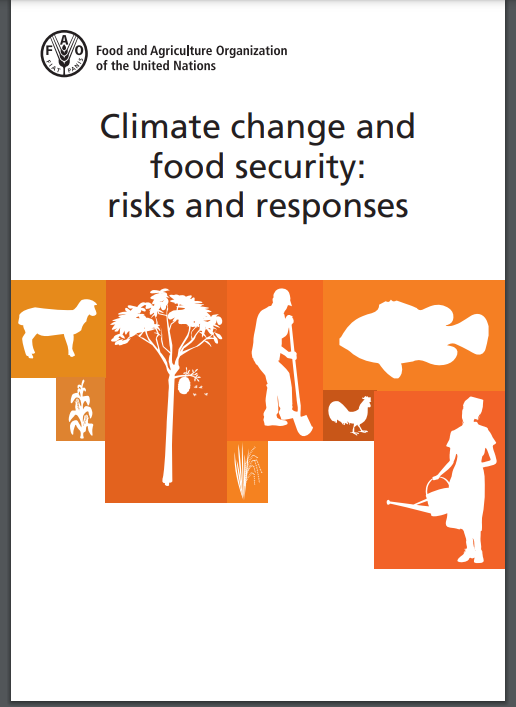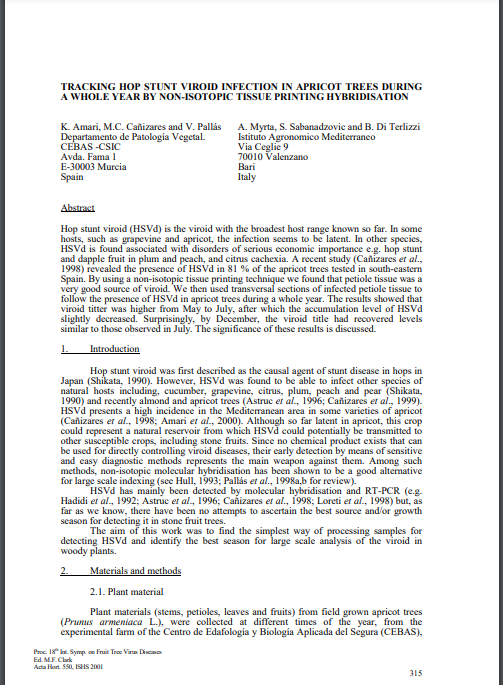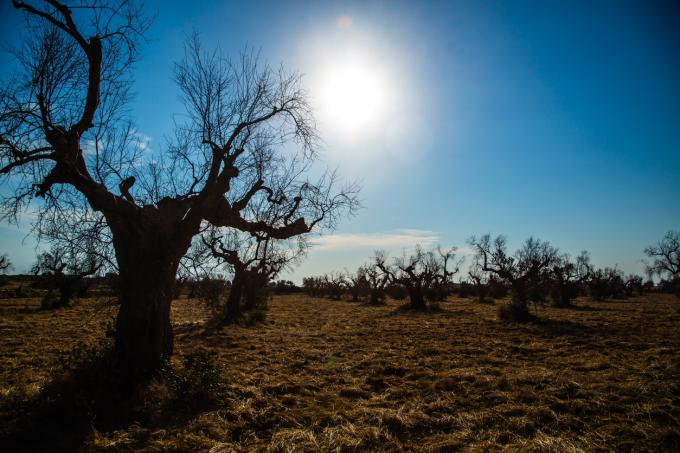STORIES
A Lebanese Cedar Elegy
Lebanon’s ancient cedars, symbols of resilience, face extinction. The ‘Cedar Doctor’ fights to save them, but can they withstand time and climate change?
Lebanon
.png)
In Lebanon, the cedar is more than a tree—it is a national emblem, standing proudly at the center of the country’s flag. A symbol of resilience, deeply woven into the nation’s identity, the cedar has withstood centuries of change. It thrives in the mountains, where its roots carve through rock in search of nourishment, and it grows with unshakable patience, taking centuries to reach its iconic shape. Today, Lebanon’s cedars are facing an existential crisis—not from conquerors or loggers, as in the past, but from a more insidious threat: climate change.
For millennia, Lebanon’s mountains were covered in vast cedar forests, so awe-inspiring that they were immortalized in the Epic of Gilgamesh. In the ancient Mesopotamian tale, these towering trees were fiercely guarded by Humbaba, a monstrous figure whose every step shook the earth. But Gilgamesh, driven by ambition, slayed the guardian and cut down the cedars, sealing his legacy in legend. In reality, the destruction of Lebanon’s cedars happened not in a single heroic act but over centuries of deforestation. Phoenicians carved them into ships, Romans built temples with them, and Crusaders felled them for fortifications. By the modern era, little remained of the once-mighty forests.
“If we don’t protect the cedar, we lose more than a tree—we lose a part of who we are.”
Some groves have survived—barely. In northern Lebanon, in the mountains near Bsharri, the Cedars of God, among the last remnants of the ancient forests, still stand. Their survival owes much to a single man: Youssef Tawk, better known as the “Cedar Doctor.” After Lebanon’s brutal civil war (1975-1990), Tawk looked at the barren mountains and knew something was missing. “There was no greenery, or not much,” he recalls. “So I started learning about the environment, the trees. I wanted to bring the cedars back.” Armed with determination and little experience, in 1991, Tawk began a personal mission to reforest the mountains. He experimented with seedlings, learning how to grow cedar and juniper in special bags, testing survival rates at different altitudes. The early years were difficult—Lebanon was still emerging from war, and few experts were available to guide him, yet, he persisted.
Thanks to Tawk and the Cedar Forest Committee, officially founded in 1985, cedars now grow at unprecedented altitudes—some nearing 3,000 meters, higher than scientists once thought possible. One of them, standing above 2,000 meters, is believed to be the highest-growing cedar in the world. “We did tests at high altitudes, and the trees survived. So why not plant more?” Tawk says. These high-altitude forests are not just a triumph of conservation; they are also a defense against climate change. Cedars slow the melting of snow, helping preserve water reserves in a country where summers are growing hotter and drier.
“We started with 100 trees. Today, we’ve planted over 130,000 trees across 400 hectares.”
Despite his success, Lebanon’s cedar forests remain at risk. Rising temperatures and prolonged droughts weaken the trees, making them vulnerable to pests and diseases. Wildfires, fueled by scorching summers and government neglect, are an ever-present danger. In a country grappling with economic collapse and political instability, environmental issues are often sidelined. But the work of modern cedar guardians like Tawk keeps the crisis visible, rallying communities to protect the trees that have come to symbolize not just Lebanon, but unity itself in a divided nation.








